We were introduced to WordLift when we were thinking about ramping up our Search Engine Optimization (SEO) efforts. As a small magazine with limited resources and funds, we thought it sounded like a viable solution without having to hire an expensive team dedicated to SEO. We were also intrigued that this start-up team was based out of Rome (we love this city) and is founded by Italians.
Think of WordLift as a “homonymous” WordPress plugin which uses semantic technologies and Artificial Intelligence (AI) in the back end to optimize and organize your words (and phrases) in a way that makes it easier and more efficient for your site to be found for those keywords and phrases. So, how does that help you in the real world?
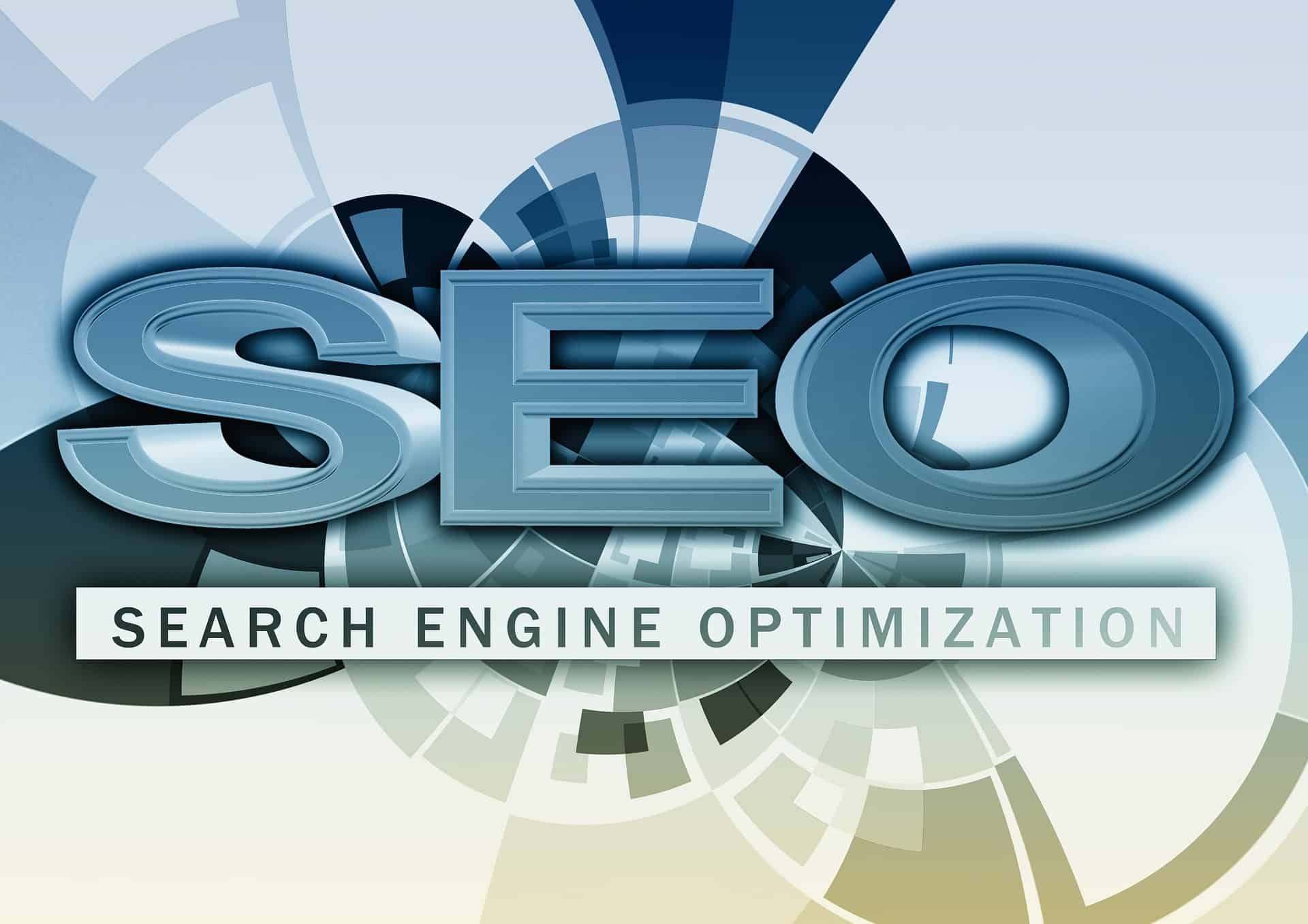
WordLift helps to improve your website traffic. Imagine if you could implement a useful tool (with no tech skills required) to automate your SEO and grow your traffic? That’s essentially what WordLift aims to do.
Through their tools, the goal is with minimal use, to grow your traffic KPIs by around 30% after three months. It also aims to improve your engagement. Whether you’re a blogger, run an editorial team or are a business, they have different solutions to cater to your needs and goals.
How Does WordLift Work?
Whatever content you write (blog posts, website content, marketing copy, etc), you simply write as you normally would and then WordLift adds what’s called “semantic markups.” These semantic markups feed search engine crawlers, personal assistants, and chat bots to increase the likelihood of your website being found. The result? Reaching a bigger and broader audience.
Once you have finished writing your content, WordLift analyzes the content of your article and identifies matching entities organized in four categories: Who, What, When and Where. You can also create new entities if you wish in order to provide additional context which helps in the search process. Through its own “smart” AI, WordLift will learn from this and the next time they are used, they will automatically be detected.
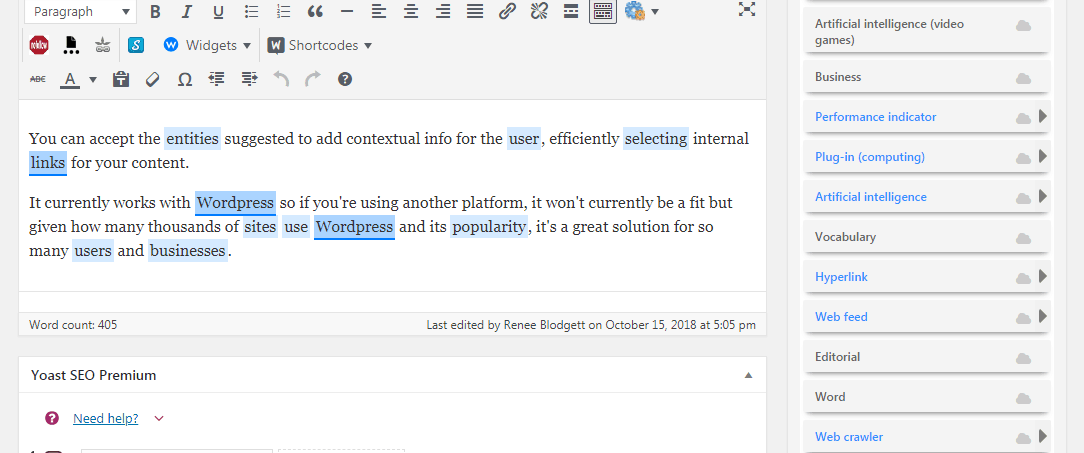
Examples of WordLift Entity options from this particular article while writing it in real-time.
You can also go back and edit all entities to customize your vocabulary around your audience and build new relationships. For example, if you have a food blog, you could build new relationships and connections to mushroom recipes or articles, i.e., various types of mushrooms or ways they can be used in dishes in different parts of the world.
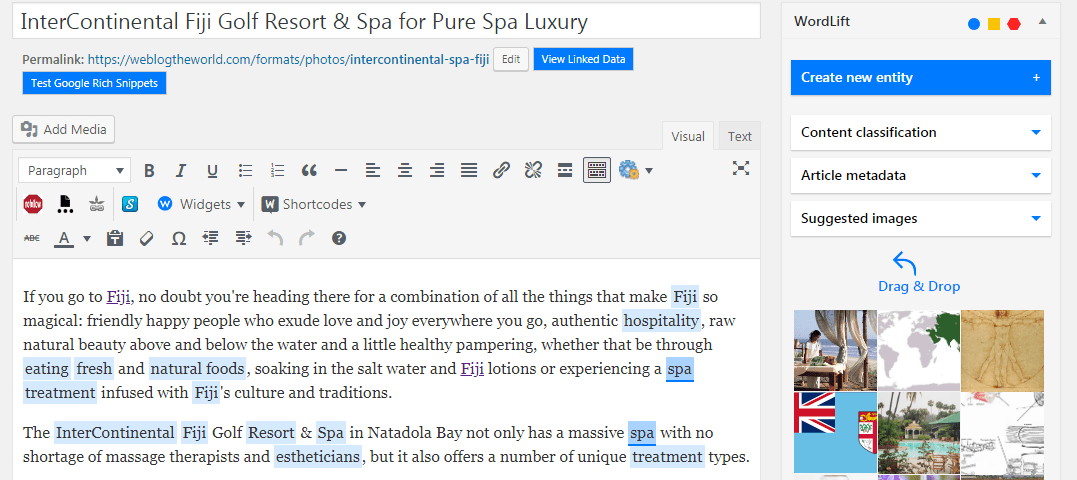
Here are some suggested images WordLift came up with to accompany my hotel article on the InterContinental in Fiji — while I didn’t use any of them, this is an option WordLift provides if you have no images at all.
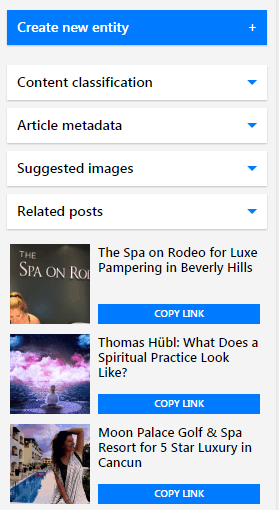
Related Posts feature in WordLift
You know how some sites have “related articles or posts” at the bottom of their posts? WordLift’s version of this is a little different but they have a feature that will recommend relevant articles to your readers through their Navigator Widget.

You can select which words to ‘optimize’ and either choose them to have a link (or not)
WordLift automatically identifies topics in your article, using Wikipedia’s classification system. This allows you to create new entry points for your content based on topics, events, people and places.

This term adds a little more explanation.

This location has very little information but you can add photos from the place if you have visited, map information, or additional content that complements it, i.e., great hotels in Viti Levu or tours you can take.
For this page on Fijian people, we could choose to add our own images that we have taken in Fiji of the local people and customs. And, for this page WordLift created on essential oils from a spa review I did, I could decide to add photos of essential oils I like, links to ones I have used or purchased or even places where people can buy (particularly useful if you are a company selling products across categories).
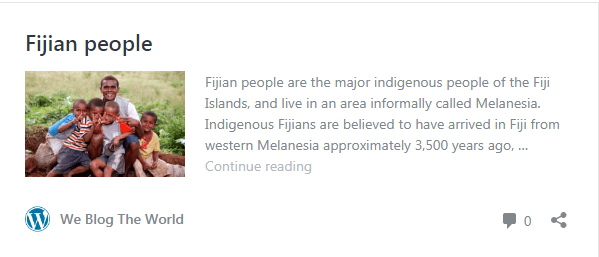
Fijian People page created on WBTW
WordLift & Metadata
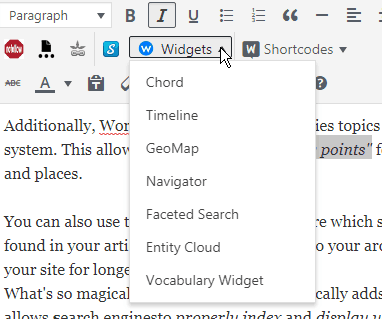
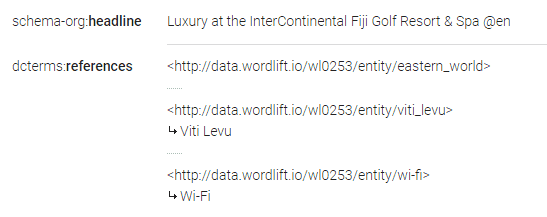
You can also view which Schema headlines are being used and reference them anytime.
Sometimes You Might Not Be Able to Handle Everything By Yourself
Running a business is hard work, and it’s not always possible to maintain or plan everything on your own. Whether it’s managing your website, optimizing your digital marketing campaigns, or increase online visibility, there are times when you need the help of experts.
WordLift is a fantastic tool for optimizing your website’s content for search engines, and it can certainly help you improve your SEO rankings. However, it’s important to understand that optimizing your content for search engines is just one piece of the puzzle. In today’s competitive online landscape, businesses need a comprehensive SEO strategy that includes not only content optimization but also technical SEO, link building, and other tactics. While WordLift is a great tool to have in your SEO arsenal, it might not be enough on its own. It’s recommended to work with a reputable SEO agency, like W3 Solved, that can help you develop and execute a customized SEO strategy that will help you achieve your business goals.

Renee Blodgett is the founder of We Blog the World. The site combines the magic of an online culture and travel magazine with a global blog network and has contributors from every continent in the world. Having lived in 10 countries and explored nearly 80, she is an avid traveler, and a lover, observer and participant in cultural diversity.
She is also the CEO and founder of Magic Sauce Media, a new media services consultancy focused on viral marketing, social media, branding, events and PR. For over 20 years, she has helped companies from 12 countries get traction in the market. Known for her global and organic approach to product and corporate launches, Renee practices what she pitches and as an active user of social media, she helps clients navigate digital waters from around the world. Renee has been blogging for over 16 years and regularly writes on her personal blog Down the Avenue, Huffington Post, BlogHer, We Blog the World and other sites. She was ranked #12 Social Media Influencer by Forbes Magazine and is listed as a new media influencer and game changer on various sites and books on the new media revolution. In 2013, she was listed as the 6th most influential woman in social media by Forbes Magazine on a Top 20 List.
Her passion for art, storytelling and photography led to the launch of Magic Sauce Photography, which is a visual extension of her writing, the result of which has led to producing six photo books: Galapagos Islands, London, South Africa, Rome, Urbanization and Ecuador.
Renee is also the co-founder of Traveling Geeks, an initiative that brings entrepreneurs, thought leaders, bloggers, creators, curators and influencers to other countries to share and learn from peers, governments, corporations, and the general public in order to educate, share, evaluate, and promote innovative technologies.







